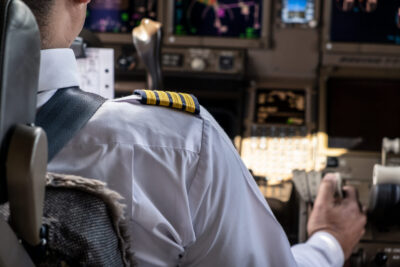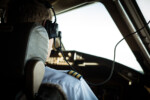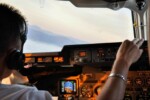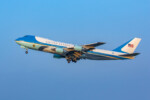What is the Difference Between a Captain and a Pilot?
22 March 2022 | Updated on February 05, 2024
Every person who is licensed to operate an aircraft – that is, fly – is referred to as a pilot. The captain of the aircraft is therefore, by definition, a pilot. However, every pilot onboard an aircraft is not the captain.
A “pilot” is a job description, it does not signify any specific qualification or rank above and beyond the certifications required to fly a plane. A captain obtains additional certifications and takes on additional responsibilities.
There are some aircraft, both jets and helicopters, which have a single person at the controls. Many more, however, have more than one person in the cockpit. In those cases, the senior-most member of the flying crew, the one with substantially more experience, is typically appointed as the crew chief or the captain.
Anyone helping the captain is a pilot – often known as Co-Pilot or First Officer.


Basic Qualifications Needed to be a Pilot
A commercial pilot needs to have completed either an Air Transport Pilot’s License (ATPL) or a Commercial Pilot’s License (CPL). Amateur pilots require a Private Pilot’s License (PPL).
The CPL certification is approved by the International Civil Aviation Organization (ICAO). The equivalent of the ATPL in the US is the Airline Transport Pilot (ATP) certificate, which is administered by the Federal Aviation Administration (FAA).
While both the ATPL and the CPL are designed to allow pilots to operate aircraft across most jurisdictions, including Europe, there are grades that the pilot must obtain prior to the point where s/he can be considered for being a captain.
Specific Qualifications Vary by Jurisdiction
As an example, if you are intending to fly a light (private) jet in France, a CPL, which requires 200 hours of flying time to be validated, will allow you to be paid while flying. But you must pass the theoretical ATPL (also referred to as the frozen ATPL), which requires 14 certificates. These certifications allow you to be a co-pilot.
In the US, a first-level Private Pilot Certificate has the following general requirements:
- Be of 17 years of age
- Complete a written assessment and a practical flight test
- Complete 40 hours of training under an FAA-certified flight instructor
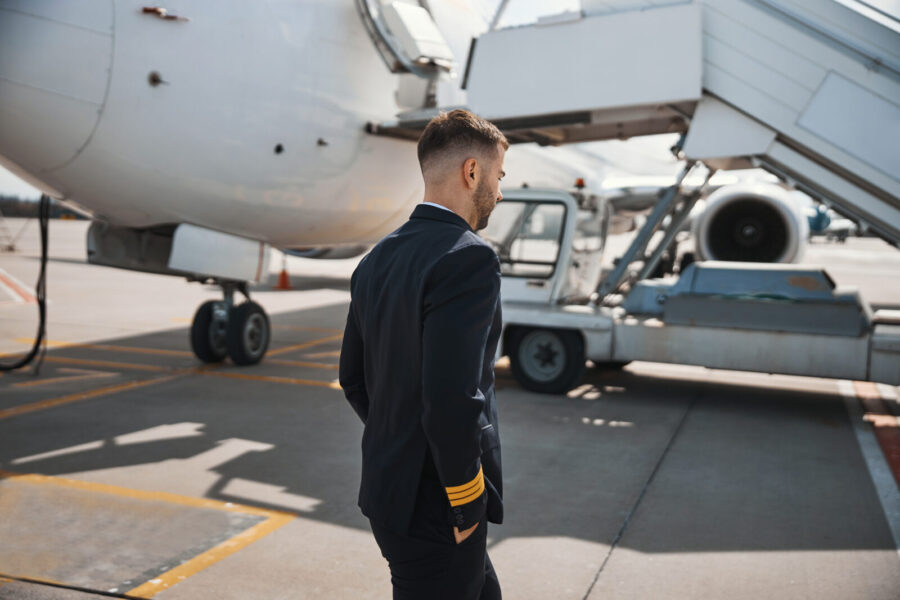

If, however, you wish to fly a commercial jet in the US, obtaining a Commercial Pilot License will be necessary. The FAA requirements get more stringent:
- Be 18 years of age at a minimum
- Pass all written examinations
- Log at least 250 hours of flying time
- Obtain at least a second-degree medical certificate from the Aeromedical Examiner
- Take an Instrument Rating (IFR) course to become accustomed to flying in all types of weather, and be certified as “sound” by your instructor while doing so
- Pass ground school courses
- Check-ride with an FAA-approved instructor and pass a multi-engine check ride.
Duties of a Co-Pilot
A co-pilot will often fly the aircraft for extended periods of time, but if there are specific and vital decisions to be taken, s/he must defer to the captain of the aircraft.
In the context of the above, a pilot’s duties involve a number of routine and other functions, including but not limited to the following:
- Completing inspections and the checklist
- Tending to passenger loading and comfort
- Overseeing crew loading
- Assessing the cargo load
- Planning the flight based on weather and other requirements
- Communicating with air traffic control, other aircraft or company dispatch
- Actively flying or monitoring the aircraft
- Assisting the captain in any other way required and requested
The co-pilot is allowed to fly the aircraft at the discretion of the captain. Captains typically pay attention to any and all inputs from their co-pilots to ensure the safe and smooth operation of any commercial flight, be it a private jet or a large commercial jet flight.


Do All Experienced Pilots Become Captains?
In general, a co-pilot often has the required flying hours qualifications and ratings to fly an aircraft but does not have the necessary experience to perform in the role of the captain.
A number of additional qualifications are required for becoming the captain of an aircraft.
Qualifications Needed for Becoming a Captain
The qualifications required for a captain depend on the class of the aircraft being operated. It is very common for a certified pilot to become the pilot of a smaller class of aircraft, then graduate to becoming the co-pilot of a larger aircraft, enroute to obtaining the necessary flying and certification required hours before they become a captain of the next higher class of aircraft.
In general, a pilot requires more experience as they seek to captain a larger class of aircraft. As an example, a captain on a Boeing 737 needs the following minimum hour requirements:
- An ATPL Certificate
- 2500-3000 Hours Flown in Turbine/Heavy Aircraft
- B737 Type Rating with 500 Hours PIC (Pilot In Command) Completed
- 1000 Hours PIC in Multi-Engine Aircraft
As the captain on a Boeing 737 tries to rise further, they may become a co-pilot on a Boeing 747, Airbus A350 or Boeing 777 to gather the necessary flying miles and get the necessary flying miles and other requirements on those aircraft.
The requirements are different for different classes of aircraft. For a private jet, the requirements vary based on the specific aircraft.
Since many private jets can be operated solo, a Commercial Pilot License would allow you to function as the de facto captain in those cases. A Private Pilot License is sufficient to fly your own light craft, but not enough to get you hired to fly private business jets, and therefore to operate as a captain regardless of the number of pilots involved.
On multi-crew aircraft, as with all commercial flights, additional requirements may be imposed before one becomes a captain, such as:
- Four-year bachelors’ degree
- A full ATPL license
- Even more extended flying time – minimum 1,500 miles but often double that
- 6 to 15 years flying experience
- A first-degree medical certificate
- Review of training and performance records
- Command assessment – which includes an interview and a simulator test to check for responses to various malfunctions
The point is that to become captain, a significant amount of review and training must be completed before the safety of the passenger and crew are fully entrusted to that person.
Conclusion
When flying on a commercial flight, you should feel safe and sound about being in the hands of experienced flyers that have undergone rigorous training and testing in every aspect of operating your craft – be it the captains or their trusty co-pilot.





















